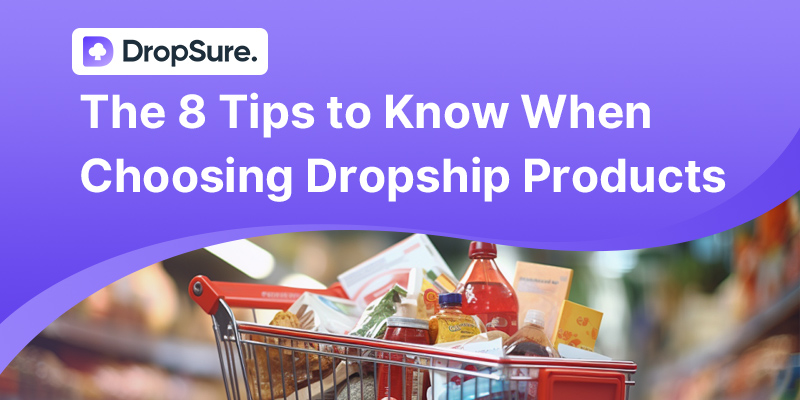Still stuck selling T-shirts and water bottles? Come on, wake up! The real money-making opportunities for summer 2025 aren’t in those oversaturated niches anymore. Today, I’m breaking down 5 seriously underrated new products—low competition, high margins, and perfect for anyone looking to level up and cash out this summer. If you’re selling on TEMU, Amazon, or your own store, this is one list you don’t want to miss.
Portable Solar-Powered Cooling Fan
Why it’s worth betting on:
Market Trend: The global portable cooling devices market is expected to grow over 15% by 2025, with solar-integrated fans being the fastest-growing segment.
Consumer Pain Points: Summer outdoor activities and camping are booming. People are craving “zero electricity bills, zero noise, instant cooling.”
Profit Logic: With standardized solar panels and ABS mold-based mass production, unit cost can be pushed down to $25–$30, while retail price ranges from $70–$100. That’s over 50% gross margin per unit.
My Take: Focus early on product validation and solid marketing creatives. Highlight the dual appeal of “eco-friendly + refreshing.” One good ad campaign could trigger explosive sales.

Smart UV Detection Patch
Why it’s worth betting on:
Market Trend: UV-sensing devices saw nearly 40% growth last year. Disposable, wearable patches are just starting to gain traction.
Consumer Pain Points: Outdoor lovers care about skin health, but rarely carry dedicated UV meters. This sticker-style product can be placed on the back of your hand or sleeve, and changes color to reflect UV levels — fun, visible, and useful.
Profit Logic: Production cost is just $0.30, with a selling price of $3–$5. Even after shipping and packaging, net profit per item can easily exceed 100%.
My Take: Perfect for social media ads. A simple DIY unboxing video can capture the attention of young women, fitness fans, and fashion influencers.

AI Voice Pet Translator
Why it’s worth betting on:
Market Trend: The booming pet economy is projected to surpass ¥350 billion in cat and dog-related products alone. Smart hardware’s market share is expected to grow from 5% to 12%.
Consumer Pain Points: Pet owners constantly wonder what their pets are “trying to say.” Emotional connection is strong, but interpretation tools are lacking.
Profit Logic: Built with open-source voice models and low-power Bluetooth chips, cost can be kept at around $20, while retail pricing lands at $60–$80. Healthy margins.
My Take: It’s tech-heavy, yes, but if the user experience is solid, word-of-mouth and community sharing could create a viral snowball effect. Huge long-tail potential.
Portable Foldable Privacy Tent
Why it’s worth betting on:
Market Trend: Camping, beaches, music festivals—outdoor scenes are trending hard. Demand for shade and privacy is spiking.
Consumer Pain Points: Traditional tents are bulky and hard to set up. Users prefer lightweight, instant pop-up styles.
Profit Logic: Made from Oxford fabric and aluminum spring rods, unit cost is around $15–$18. Market price falls between $45–$60, bringing in up to 60% profit margin.
My Take: Best to go omnichannel on platforms like Pinduoduo and Amazon. Offer multiple color and size options—once customers try it, they won’t go back.

Smart LED Grow Light for Home Gardening
Why it’s worth betting on:
Market Trend: Urban families are obsessed with balcony gardening and indoor plants. Smart home devices are rapidly gaining penetration.
Consumer Pain Points: Standard LED lights offer poor light spectrum and waste power. Smart lights with spectrum tuning and timers support full-cycle plant growth.
Profit Logic: Use of local chips and aluminum PCB keeps cost around $12–$15, while pricing it at $35–$50 delivers over 50% margins.
My Take: Push features like “App Control + Remote Monitoring + Multiple Modes.” A timelapse video showing strawberries growing from seed to fruit will instantly win over urban white-collar buyers and family households.

How to Launch Fast?
✅ Early Testing: Order small batches, gather real feedback, and focus on usage scenarios and core pain points.
✅ Precision Marketing: Collaborate with top KOLs and seeding influencers to build a high-quality content matrix.
✅ Inventory & Logistics: Set up FBA or overseas warehousing for faster delivery and higher satisfaction.
✅ Continuous Optimization: Improve based on user reviews and develop repeat customers into loyal fans.
Alright, those are my top 5 underrated product picks. Stop chasing what everyone else is selling—grabbing these hidden gems is the real shortcut to profit. If you found this helpful, hit that like button, save it, or drop a comment below telling me which one you’re betting on. Who knows, I might deep dive into your favorite next time. Summer is harvest season—don’t let these chances slip through your fingers!

 5 min read
5 min read




